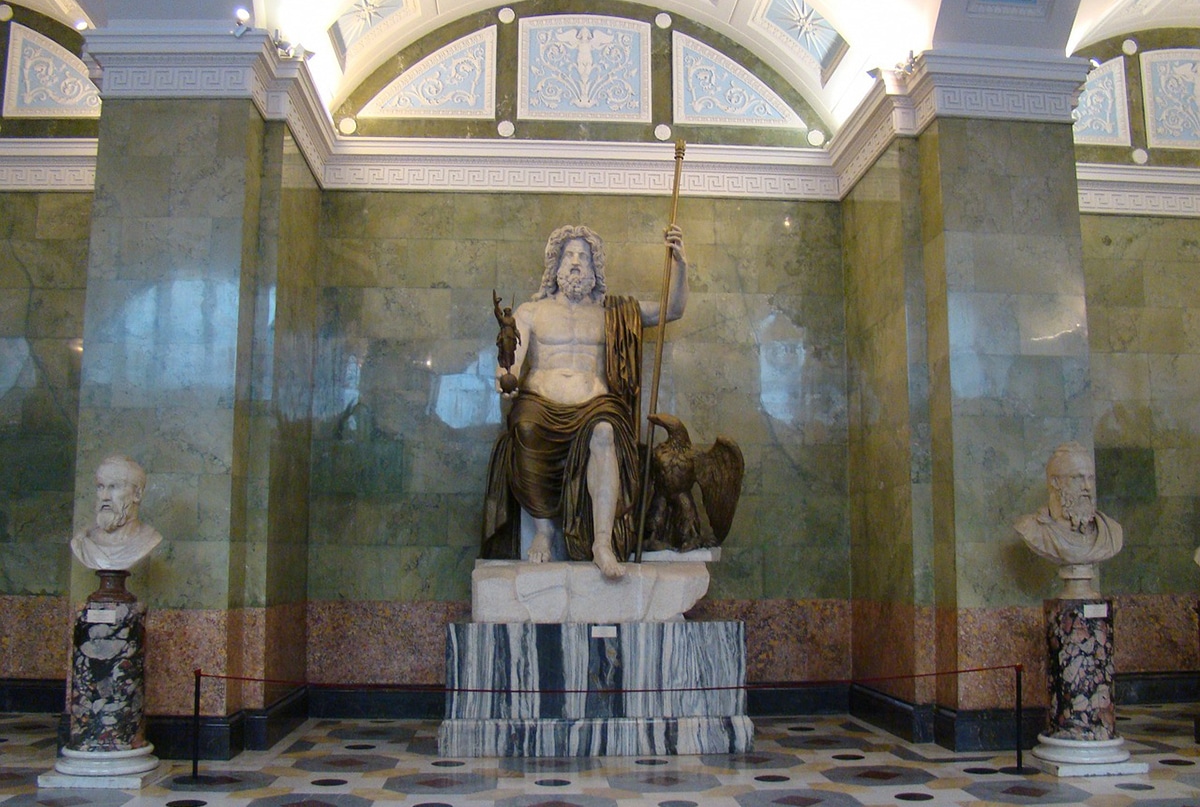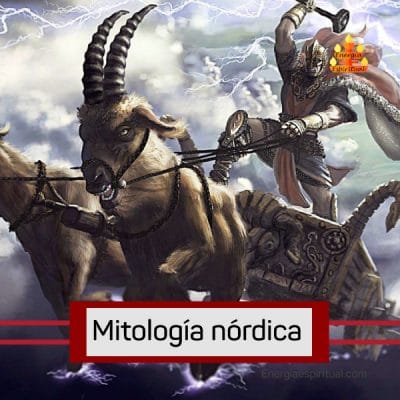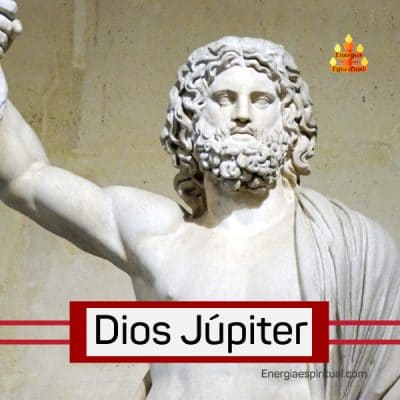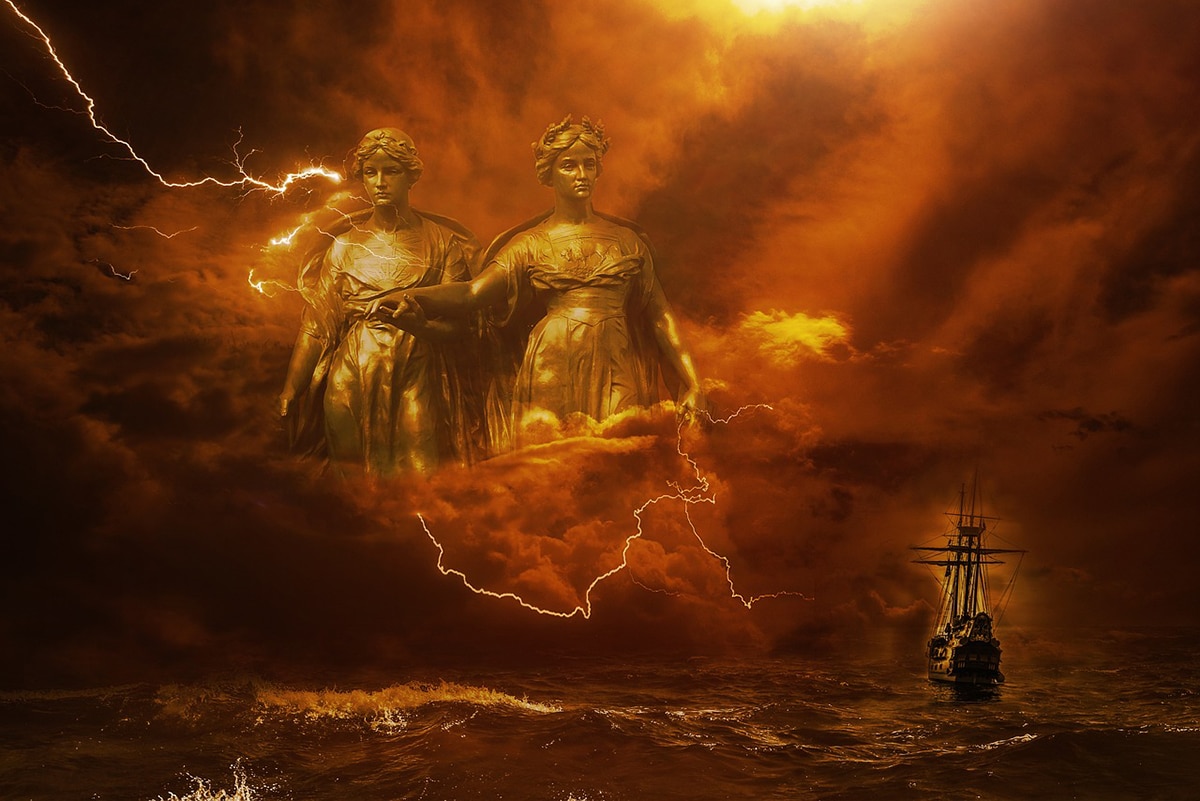
Probably some other name comes to mind when you hear about the god of thunder. Nevertheless, there were several deities related to this atmospheric phenomenon, being generally one of the most remarkable since it can be easily related to power, anger and fury.
So that you can get an idea, we are going to talk in this article about the most well-known gods of thunder today. In addition, we will list other equivalent deities in other cultures. I hope you find it interesting!
Who is the god of thunder?

In polytheistic cultures, that is, those that worshiped more than one deity, it was very common for each of the gods to represent something, be it a natural element, an ability, a characteristic, etc. So it is not surprising that there was a god of thunder in the various mythologies. It is not surprising that, in addition, was related to strength because thunder is a very powerful and impressive natural element. Among the most well-known lightning gods today are Thor and Zeus, which we will discuss in more detail below.
Norse god of thunder: Thor
Let's start with the most famous god of thunder today: Thor. His great popularity is due above all to Marvel, since he is part of this universe of superheroes. Nevertheless, the stories and family relationships that we can see in these sagas are not entirely correct. Let's see who this god really was.
There are several gods that exist in Norse mythology, one of the most notable being Thor, the god of thunder. He was the firstborn of Odin, also known as the Allfather, and the giantess Jörd. He married one of the most beautiful goddesses in Asgard, named Sif. With her he had two sons: Modi and Thrud. In one of his adventures in Jötunheim, the place of the giants, he had his firstborn, Magni. The mighty Thor, the strongest of all the gods, lived with his family in the Bilskirner Palace in Asgrad, home of the deities belonging to the lineage of the aces.

According to Norse culture, Thor was not only the god of thunder and lightning, but also of fire, architecture, and youth. Also, If the main mission granted by Odin himself was to protect Midgard, the home of men. It should also be noted that he was very fond of war, so he appears in many myths massacring various giants.
Among the elements that usually accompany and to represent this Norse deity is above all his hammer Mjölnir, being he the only one capable of sustaining it without any difficulty thanks to his iron gloves called Járngreipr. He is also the possessor of a belt that gives him strength, known as Megingjǫrð. In order to travel between the worlds, Thor had a chariot pulled by two rams, Tanngnjóstr and Tanngrisnir. According to Norse mythology, thunder rumbled as he passed. However, the most special feature of these animals is that they could resurrect after being sacrificed.
There were many gods who perished in the battle at the end of the world, Ragnarok. Among them was also Thor, who he did not survive his fight against the Midgard Serpent named Jörmundgander, one of the three monstrous sons of Loki.
Greco-Roman god of thunder: Zeus/Jupiter
As many of you already know, Greek and Roman mythology are closely related. So much so that their gods hardly differ, except for the name. So we can assume that both cultures have the same god of thunder. In Greek mythology he is known as Zeus, while the Romans called him Jupiter. Both were the main deities of their respective culture, the sovereigns of the gods.
Apart from representing thunder, they also represented the sky. It could be said that they are the gods of the great atmospheric phenomena and of the entire universe. Zeus, or Jupiter, was considered the king and father of the gods and defender of foreigners, supplicants and guests. In addition, he was the protector of men, of the family, of society, of the laws and of the State.

These two kings of the gods stood out for their extensive erotic desires, both with goddesses and with mortals. Therefore it is not surprising that they had a large offspring. It can be said that if the sons or daughters were of a divine mother, they were also gods or goddesses. However, if the mother was mortal, she becomes a demigod or a demigoddess, being Hercules one of the best known.
Zeus/Jupiter was usually depicted as a strong and handsome man, with thick hair and a long beard. Many times they put sitting on a golden throne and wielding a thunderbolt, which would be his favorite weapon, or a scepter. As often happens in Greco-Roman mythology, the god of thunder had an animal that represented him, specifically the eagle. It was quite common for Zeus to appear accompanied by Hermes and Ganymede.
Other gods of thunder

Obviously, there are many, many more polytheistic cultures that also worship, or worshiped, their own god of thunder. Let's see some examples:
- Oh Peku: Lacandon god of thunder
- Ajisukitakahikone: Shinto god of thunder
- Ao-Pakarea: Maori thunder god
- Applu: Etruscan thunder god
- Asgaya Gigagei: Cherokee thunder god (there were also two other thunder gods, called "Thunder Twins")
- Catechil: Inca thunder god
- Dong: songhai god of thunder
- Ehlaumel: god of thunder yuki
- Hinu: Iroquois Thunder God
- Ilapa: Inca thunder god
- Indra: hindu god of thunder
- Kapoonis: God of Thunder by Nisqually
- Lei Gong: chinese god of thunder
- Perun: Slavic god of thunder
- Whatiri: Maori Thunder Goddess
As you can see, there are several different gods of thunder, but what they tend to have in common, at least in Indo-European cultures, is that they are of special importance among the other deities of their respective mythology, assuming a commanding role or very close to the.